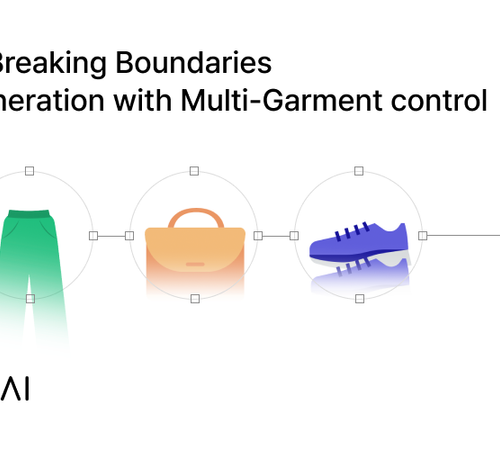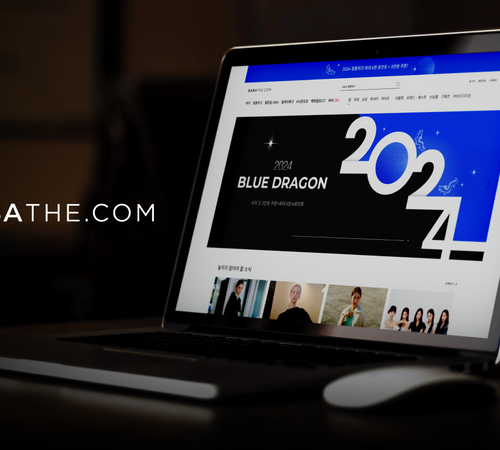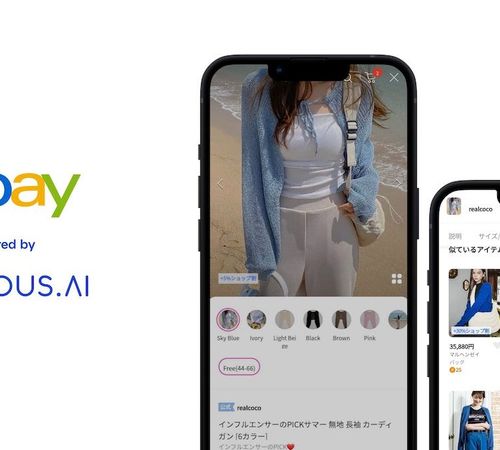Multi-language websites are reinventing the product discovery process by reducing barriers of entry for multilingual shoppers
Why should your store tag apparel in multiple languages?
For starters, there are at least 350 languages spoken in the United States alone. To maximize revenue, retailers need to ensure that they are not limiting their potential customer base to shoppers who only use perfect English while searching for clothes.
Multilingual Customers Can Bring 42% More Revenue
Roughly 46 million shoppers in the U.S. do not use English as their primary language. Online shops not catering to their linguistic needs are missing out on an estimated $3 trillion in net earnings.
Another area that retailers are missing out on? Keeping their websites consistent with modern-day terminology. From generation to generation, this lingo can be a language of its own.
How can your retail business penetrate these niches without breaking the bank on translation services?
e-commerce Translation Tools for Retailers
AI-based tools are increasingly becoming popular in retail. While their applications in the fashion industry are vast, adjusting to multilingual audiences’ speech can be one of AI’s many benefits.
Zero-Effort to Tag Product Attributes in Multiple Languages
Utilizing AI technology, product taggers can visually identify exactly what an item is referred to in various dialects. Rather than turning to a less-than-accurate solution like Google translate to manually tag thousands of items, the process is simple for merchandisers: upload a product image and receive multi-lingual clothing tags one second later.
- Photo upload with English product attributes:

2. Automatically generated product attributes in Chinese:

Fashion-specific taggers are built to understand the product terminology of various cultures. In addition, they can also identify slang and modern variations of traditional terms. Just like fashion, dictionary definitions become obsolete often and go out of style with time.
For example, what would you call this clothing item?

The correct answer is all of the above.
Retailers already struggle to properly tag multiple iterations of the same product description in English, imagine having to do so in multiple languages. Ensuring that AI taggers account for different dialects and slang helps in presenting relevant results and increasing purchase rates.
At the end of the day, shoppers will only search your website using the item names that they actually use, not the ones you want them to use.
Enable Image Shopping Search Online
Another option for targeting multi-lingual buyers is to cut out words altogether.
How can customers explore your website without typing in their search queries?
Using image-based search.

Think of visual camera search as a new and improved version of the current search bar. Rather than inputting phrases, shoppers snap pictures with their cell phone or directly drag and drop images to generate matching results. AI technology visually scans a retailer’s inventory in response, recommending similar clothing items (in terms of style, color, and fit) to the buyer.
Besides assisting non-English speakers, visual discovery technology can also be handy for native English speakers for convenience or the same reasons listed above: industry slang is constantly evolving.
Adding visual search to your site means that you’ll always be ahead of terminology shifts in fashion.
Create Long-Term Retail Revenue with AI
Will your store become obsolete in 5 years? 75% of executives believe it will.
Gain a competitive edge in the retail industry right now by expanding your target audience to consumers with different dialect or language preferences. AI solutions eliminate the language guesswork and make improving your current website easy.
Ensure that regardless of what the shopper is looking for: a “veste,” “السترة,” or “jacket,” they will always receive the correct product in their search results.






